Long before Europeans discovered the New World, the Mayan Indians and Incas had evolved a sophisticated culture in Central and South America with advanced architecture, engineering and astronomy – much of it still in evidence today. From the pyramids of Mexico and the Inca remains in Peru to the vineyards and volcanoes of Chile and the beauty of the Amazon Rainforest, there is a fascinating variety of countries and landscapes to discover.
Cuba
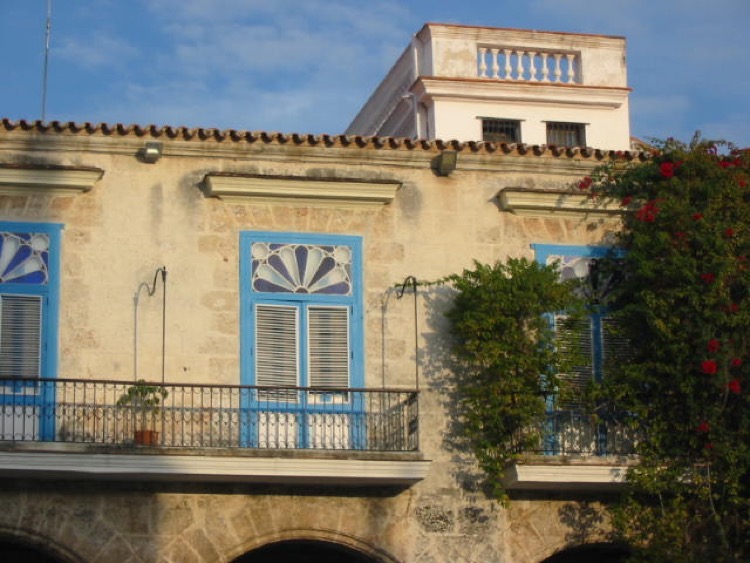
Cuba is an island of huge contrasts. The countryside is beautiful with tropical scenery and a wealth of flora and fauna, .and its people some of the friendliest you will meet. The colonial buildings of the UNESCO World Heritage sites of Old Havana and Trinidad are now being splendidly restored. Many of the American cars from the 1950s can be seen here, and pure ingenuity keeps them on the road. Cuba is famous as the literary haunt of Ernest Hemingway, the home of rum and sugar cane, and has some of the loveliest beaches anywhere. You will hear music everywhere you go. The sound of salsa is permanently in the air!
Costa Rica
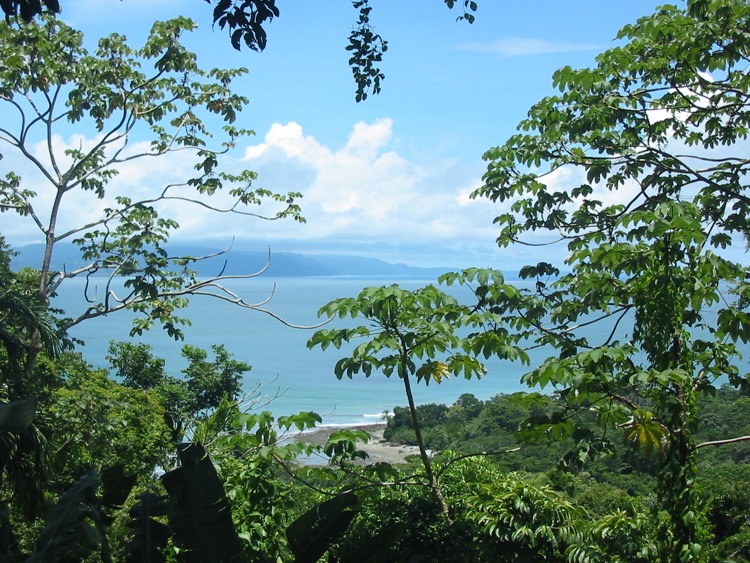
Costa Rica is a small country famous for flora and fauna and many different landscapes and microclimates. More than one quarter of Costa Rica is protected in national parks and reserves and is a nature lover’s paradise. The bird life is outstanding. It was the first country in Central America to grow coffee and bananas commercially! Try walking on the Hanging Bridges, or gliding through the treetops on a series of zip wires, or bathing in hot springs beneath volcanoes.
Guatemala
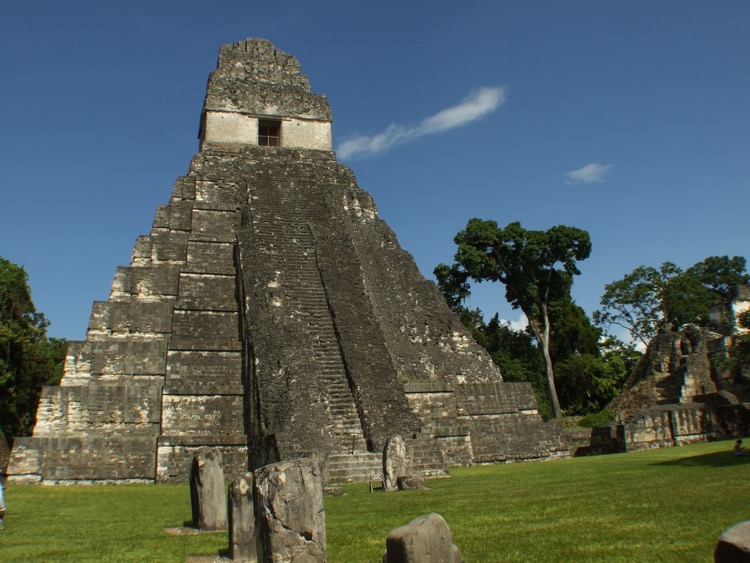
Guatemala, a small Central American country south of Mexico, has steep volcanoes, huge rainforests and ancient Mayan sites. Antigua, west of the capital of Guatemala City, is a colonial town with many cobblestone streets and preserved Spanish colonial buildings. The UNESCO World Heritage Site of Tikal is the largest excavated site among all the ruined Mayan cities and the temples tower above the jungle canopy. Lake Atitlan with its three volcanoes is one of Guatemala’s most famous natural attractions. Scenic routes, beaches and lakeside villages, complement the lake’s beauty. Their Indian markets are good for handicrafts and textiles.
Ecuador
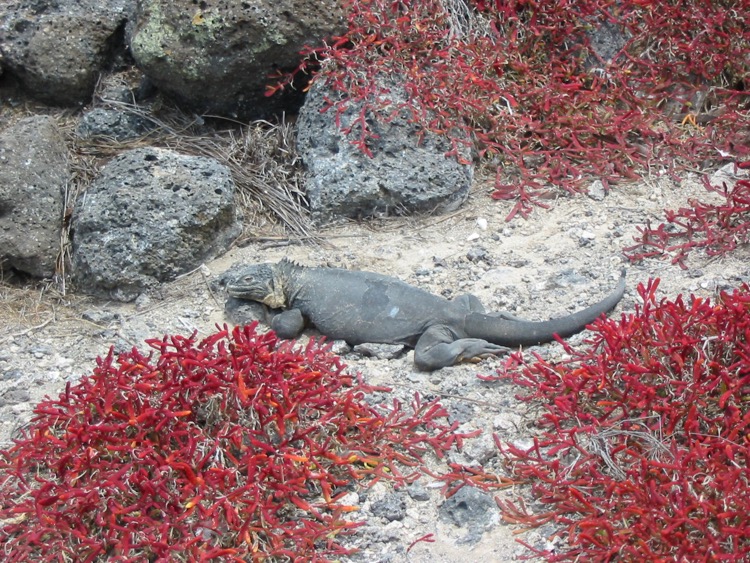
Ecuador is one of the smallest countries in Latin America and is a fantastic introduction to this intriguing continent. It has everything from Amazon jungle, volcanoes and mountains to the Galapagos Islands. Try sea kayaking in the Galapagos amongst colourful fish, seals and penguins and see the marine and land iguanas, try horse riding in the Andes, travel by horse and cart around the UNESCO World Heritage Site of Quito and go shopping at a local craft market in Otavalo. Accommodation includes boats on the Amazon or in the Galapagos, and haciendas.
Argentina

Argentina is world famous as the home of the Tango, and Buenos Aires is arguably the most cosmopolitan city in Latin America. The southernmost city of Ushuaia is the starting point for Antarctic cruises. The countryside has wide open spaces in the pampas, gorgeous scenery in the Lake District and Patagonia, amazing jungle waterfalls and colonial cities. Don’t miss Iguassu Falls which share a border with Brazil. Dine out on Argentine beef and fine wines!
Colombia
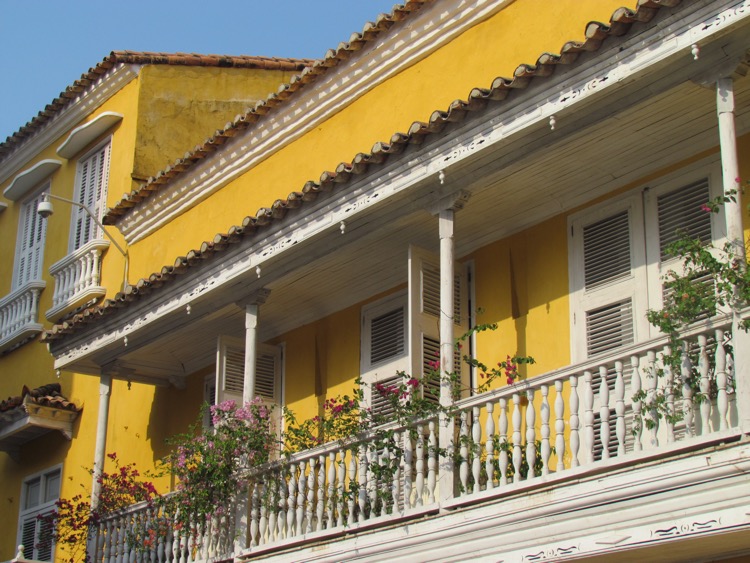
Colombia has a huge diversity of landscape including rainforests, desert, a Caribbean coast with its archipelago of islands, and the high mountains of the Andes. Add wonderful birdlife. There are ancient sites such as the Ciudad Perdida, the lost city of the Tayrona people which was only discovered in 1975 and considered as significant as Macchu Picchu in Peru. Guatavita Lake to the north east of Bogota is the source of the legend of El Dorado. Bogota is a modern vibrant city with wonderful museums. Santa Marta on the north coast, where desert meets Caribbean, is a small colonial town where it seems as if nothing has changed for centuries. The gorgeous town of Cartagena further along the coast has stunning streets and architecture, and each year plays host to several international festivals. There are beautiful boutique hotels in each city, restored from old colonial buildings while the Coffee Triangle has lovely plantation houses to stay in.
Peru
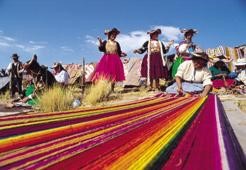
Peru has a diverse landscape – from the beaches and cliffs of the coast, to the arid desert of the plateau, the high peaks of the Andes and the rainforest of the Amazon basin. The Andes are the land of the condor, while the Amazonian forest contains the many creatures that make up an incredible eco-system including pink dolphins, spider monkeys and the tropical caiman. Evidence can be found everywhere of ancient civilisations that grew, lived and died here – most notably the Incas. This sophisticated civilisation came to prominence in the 15th century and in just one hundred short years had established a culture that spanned the whole country and even encroached on the most inaccessible peaks of the Andes. The most famous symbol of this age is Machu Picchu, the lost city of the Incas, located high in the Andes.
Chile
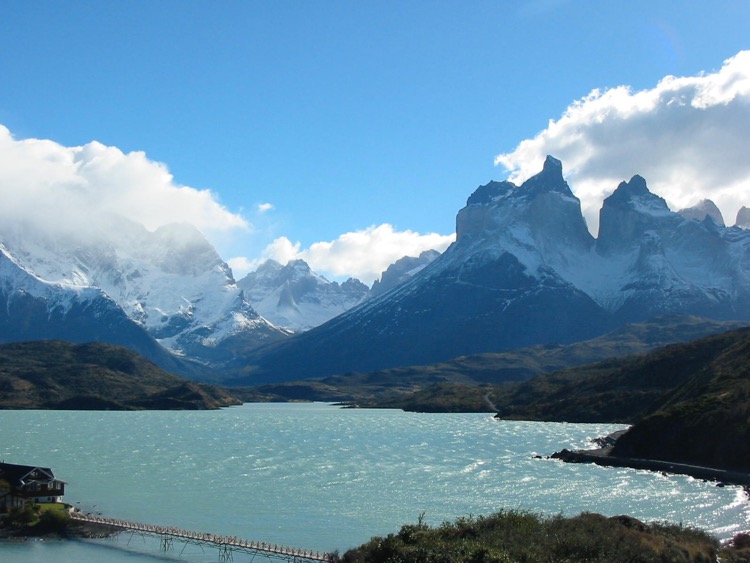
Nowhere in Latin America is there such a diversity of landscapes as you will find in Chile. Travel from the Atacama Desert with its salt flats, flamingoes and geysers down the length of this long, narrow country through wilderness, beaches, vineyards, lakes and volcanoes to the glacial peaks and wilderness of Torres del Paine and Patagonia and the southernmost tip of Cape Horn.
Brazil
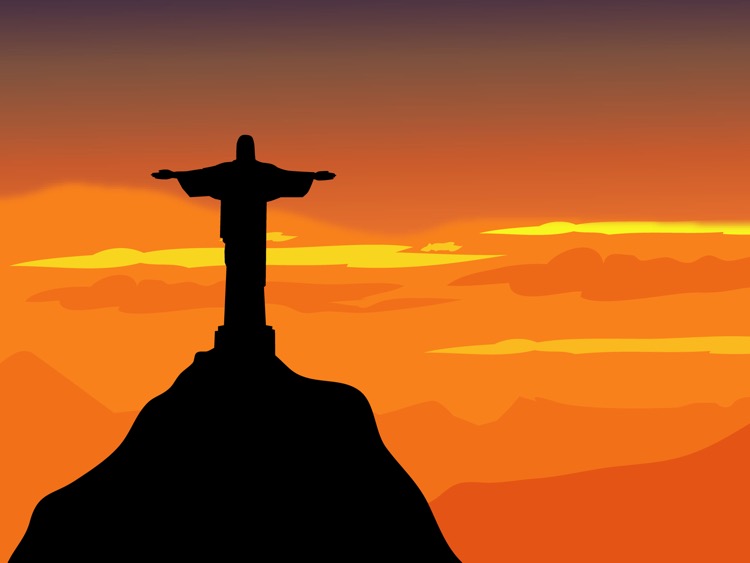
Bounded by the Atlantic Ocean on the east, Brazil has a coastline of 7,491 km (4,655 mi). It borders all other South American countries except Ecuador and Chile and occupies 47.3 percent of the continent of South America. Its Amazon River basin includes a vast tropical forest, home to diverse wildlife, a variety of ecological systems, and extensive natural resources spanning numerous protected habitats.
Bolivia

Bolivia is in central South America, and has a varied terrain spanning the Andes Mountains, the Atacama Desert and Amazon Basin rainforest. You will need time to acclimatise to altitude as Bolivia has almost a thousand peaks over 5,000 metres! La Paz is the highest capital in the world, and Lake Titicaca is the highest navigable lake in the world. Do not miss the salt flats, the rainforest and colourful street markets in the colonial cities.

